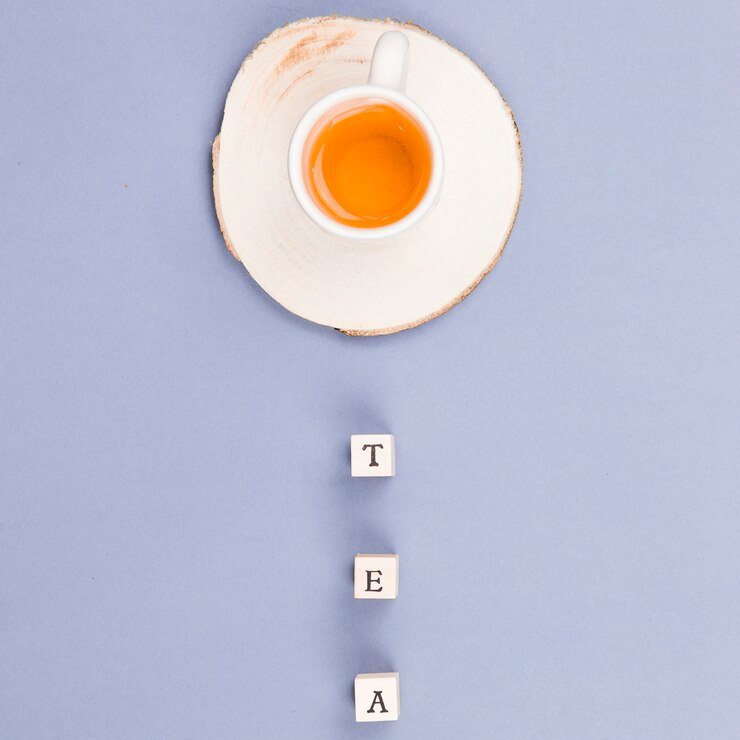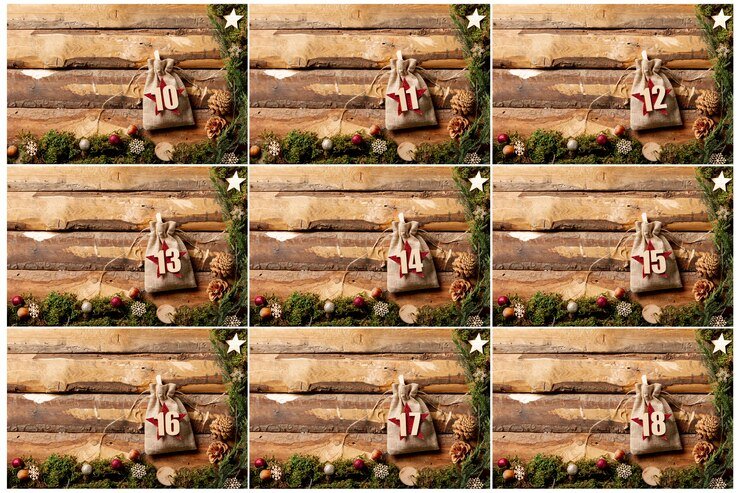The New York Times crossword is renowned for its clever wordplay and intricate clues that challenge solvers to think creatively. One such clue that has sparked curiosity among puzzle enthusiasts is “Spot of tea.” This seemingly simple phrase can lead to various interpretations, making it a perfect example of the ingenuity behind crossword construction. In this article, we explore the potential answers and the thought process involved in cracking this intriguing clue.
Understanding the Clue
When faced with a clue like “Spot of tea,” it’s essential to consider both the literal and figurative meanings of the words involved:
- Spot: This can refer to a location, a small amount, or even a blemish or mark.
- Tea: Besides the obvious beverage, tea can also imply gossip or a gathering where tea is served.
By analyzing these elements, solvers can approach the clue from multiple angles to uncover the intended answer.
Potential Answers
1. EARL GREY
One possible answer is “EARL GREY,” a popular variety of tea. The term “spot” here can be interpreted as a small amount or serving, which fits well with the idea of a specific type of tea.
2. STAIN
Another interpretation could be “STAIN.” In this context, “spot” refers to a mark or blemish, and “tea” could imply a tea stain, which is a common occurrence when tea is spilled.
3. CHAIR
“CHAIR” is a less obvious but creative answer. In some contexts, a “spot” can refer to a place to sit, and a “chair” is a common item found where tea is served, such as during an afternoon tea.
4. CHAI
“CHAI” is a type of tea, and the clue could be hinting at this specific variety, especially if the puzzle has an international or diverse theme.
The Joy of Crossword Solving
Part of the excitement of solving crossword puzzles lies in the satisfaction of deciphering clever and multifaceted clues like “Spot of tea.” The New York Times crossword, known for its challenging and witty clues, often requires solvers to think beyond the obvious and consider alternative meanings and wordplay.
Tips for Tackling Tricky Clues
- Think Laterally: Don’t get stuck on the first interpretation that comes to mind. Consider other meanings and contexts.
- Look for Wordplay: Crosswords often use puns, homophones, and other forms of wordplay to mislead or entertain solvers.
- Consider the Theme: If the puzzle has a theme, the clue might be related to it, providing additional hints.
- Use Crossword Tools: Online tools and crossword dictionaries can be invaluable when you’re stumped by a tricky clue.
Conclusion
The “Spot of tea” clue in The New York Times crossword exemplifies the cleverness and creativity that make these puzzles so beloved by solvers worldwide. Whether the answer is “EARL GREY,” “STAIN,” “CHAIR,” or “CHAI,” the process of uncovering the correct solution is a rewarding mental exercise. The next time you encounter a seemingly simple clue, remember to explore all possible angles and enjoy the journey of discovery that is the essence of crossword solving.











